Add to favorites
Log in to your personal space

Like a book made of stone retracing the history of France from the 13th century to the present day, Ainay-le-Vieil opens its spectacular pages to enthusiasts who wish to discover one of the finest examples of architecture, landscaping and the art of living in the ancient lands of Berry. Behind its well-preserved appearance as an impregnable fortress, the refinement of the Renaissance dwelling and the delicacy of the extremely varied gardens surrounding the ramparts won’t fail to move visitors, who will be at a loss as to know where to look first, as there are so many marvels to behold. For those who come here to stay for a holiday in one of the guest rooms or gîtes, the pleasure of living for a little while in the heart of this sublime structure will be unforgettable.
Château d'Ainay-le-Vieil was bought by the Lords of Bigny, our ancestors, in 1467. Since then, it has always been in our family. My mother was born there, as were her brothers and sisters. They managed the château for many years. I spent most of my holidays here surrounded by family and friends. I have wonderful memories of it and am very attached to it, as has been my husband since we got married. Then we came to the point when we had to make a decision. Who would take over? My mother's family or my aunts and uncles’ families? There were 13 grandchildren, so it was too many people to manage Ainay altogether. In the end, it was my husband and I who took over.
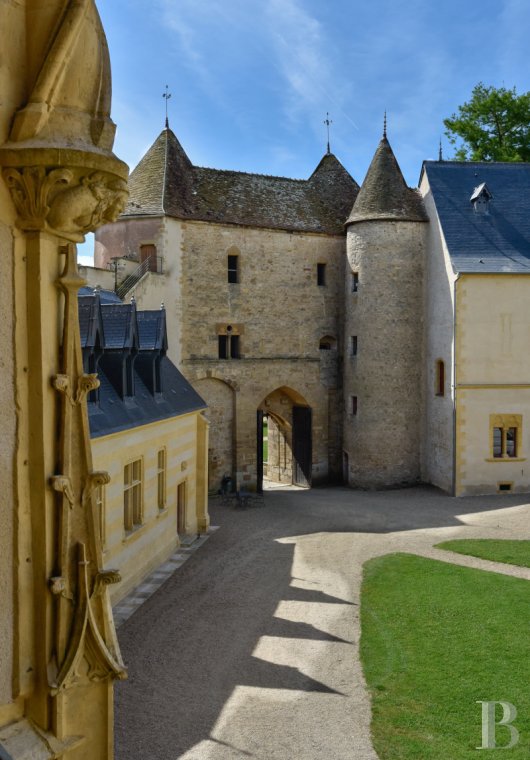
Ainay-le-Vieil is a 13th-century fortified castle with nine towers, surrounded by a moat, a double guardhouse and a sentry walk. In the courtyard, two dwellings face each other: a 13th-century building and a graceful late 15th-century building, which combines flamboyant Gothic and Renaissance styles. The gardens provide a wonderful contrast between the long views over the water of the Renaissance canals and the enclosed gardens (Hortus conclusus) of the neatly cultivated garden plots. They take you on a walk through spectacular garden scenery: the rose garden with its two Renaissance pergolas, the vast square with its hornbeams trained in espaliers, and the five plots, each with a theme (a mixed border, sculpted orchard, meditation garden, cloister with simple plants and boxwood flowerbeds). The main feature of this unique place is the water all around. This water is defensive when surrounding the château, then it becomes a source of pleasure when it flows around the gardens thanks to a clever network of channels. It also makes itself useful by sending water to the mill and the washhouse through a clever interplay of scoops and weirs.
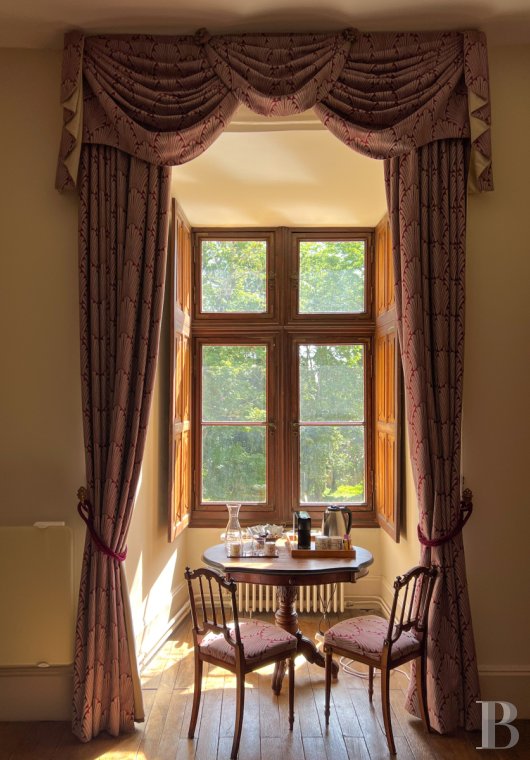
The château is built on a site once occupied by the Gallo-Romans. Fortified since the High Middle Ages, it is located on the border that separated the Frankish lands from those of Aquitaine, and later those of the Kings of France from the English territories. This strategic position, which was particularly important until the end of the Hundred Years' War, explains the size of its double walls, which ensured strength and durability. Bought from the Culants in 1435 by Jacques Coeur, Charles VII's paymaster, the castle was confiscated from him when he fell from grace. It was then purchased on 14 December 1467 by Charles de Chevenon, Lord of Bigny and Grand Master of the Coureurs de France, the royal post office founded by Louis XI. At the end of the Hundred Years' War, it was bought by the Lords of Bigny in 1467, who transformed the castle into its present Renaissance style. It was inhabited by the descendants of the Bigny family for over six centuries, from whom we are descended.
Thanks to the natural surroundings and its Renaissance-style and contemporary water gardens, the château offers an incomparably gentle lifestyle. It is also a fascinating site which is rich in history. You can discover the history and traces of illustrious figures such as Louis XII and Anne de Bretagne, the Colbert, Marie-Antoinette and Napoleon. There are so many remnants of the history of France to be explored on guided tours through the majestic rooms. There is a Museum of Folk Art and Traditions, which traces the life of the village of Ainay-le-Vieil on the eve of the 1914 war open to visitors. Our restaurant, "La Volière", located in the château grounds, serves French and international cuisine. There are no fewer than 52 places to sleep in a single location, promising memorable moments for young and old alike. With tours, escape games, shopping, bistronomy and a rich cultural offering throughout the tourist season, there is something for everyone.
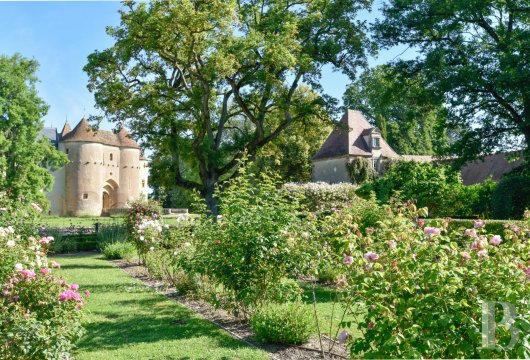
"Les jardins d'Orsan" for their beauty, tea room and shop. The Apremont-sur-Allier floral park and carriage museum. Châteaufer to discover its agro-ecological farm. The Galerie Capazza for its venue and exhibitions. “Le clos d'Émile" restaurant in Mornay-sur-Allier. The tearoom at Noirlac Abbey, with its top-quality concerts and music and sound creation workshops. The Berry canal for bike rides. The Théâtre de la Carrosserie Mesnier in Saint-Amand-Montrond for theatre fans. And for the more adventurous: bungee jumping from the Château de Culan, a flying course and a first flight in an ultralight trike at Saint-Christophe-le-Chaudry.
The château, a listed historic monument, its gardens, which have been awarded the 'Jardins Remarquables' label and all of its outbuildings are available for filming and photo shoots. There are 25 rooms of accommodation available on site.
ref 313873
Lectures on various themes are given on the European Heritage Days.
"La Volière”, the château's restaurant, is housed in a 17th-century building in the heart of the gardens, overlooking the rose garden. The chef, Maria Rodriguez, serves gastronomic creations from the Centre-Val de Loire, as well as a revisited and exotic cuisine, a testament to her Italian/Latin-American origins.
Various exhibitions are on show in the period when the château is open, from 29 March 2024 to 29 September 2024.
The Rencontres musicales du château d'Ainay-le-Vieil. Four days of concerts with David Molard Soriano from 15 to 18 August 2024.
The château has a museum of popular arts and traditions that retraces the life of the village of Ainay-le-Vieil on the eve of the 1914 war.
Free and paying visits to the gardens during the castle's open period.
Guided tours of the château are available for a fee when the château is open.
A 100 m² shop sells picnic baskets, decorative items, delicatessen items, books for adults and children, and toys. It is the ideal place to discover the expertise of local artisans and producers, as well as a selection of products created exclusively for the château. There is also a flea market for bargain hunters.


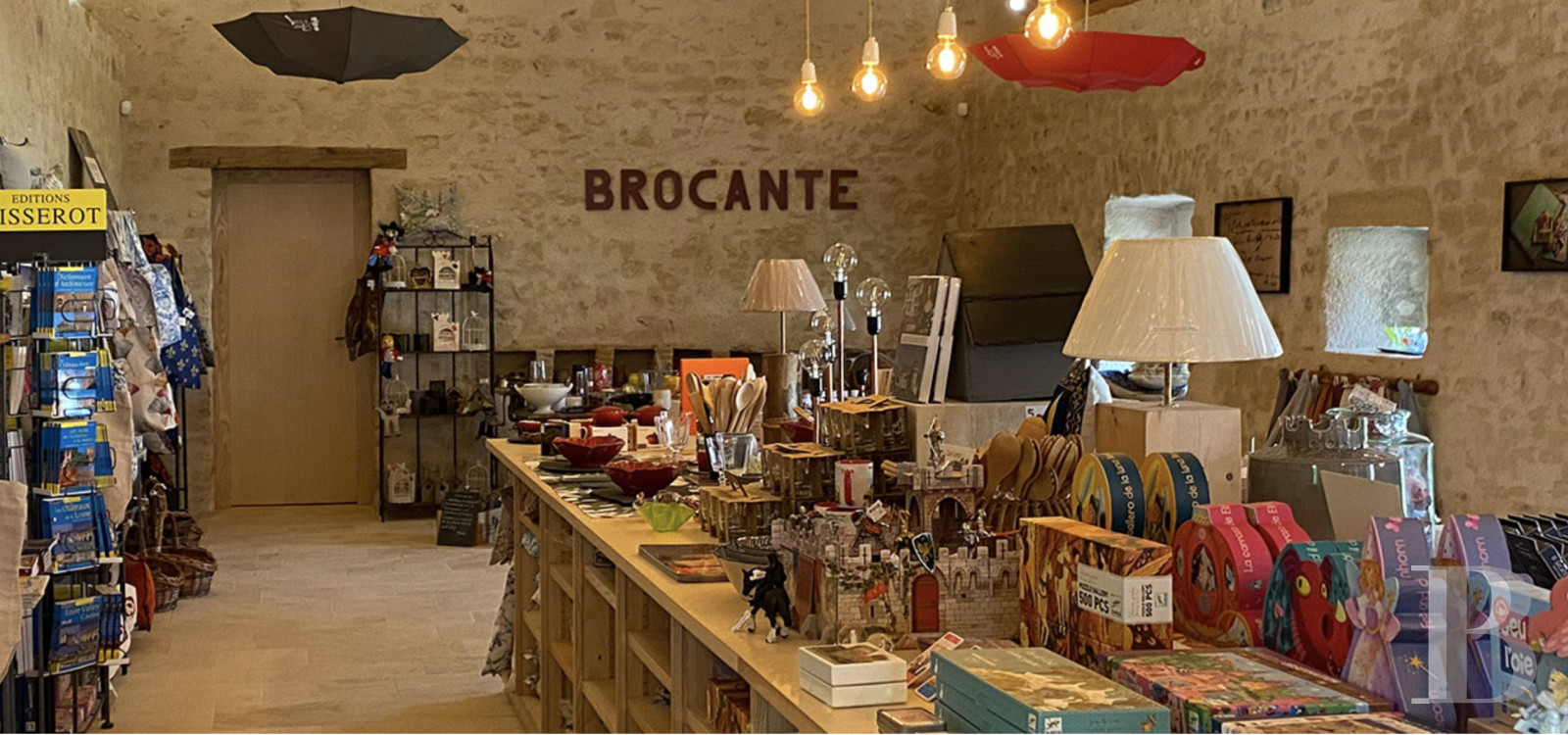
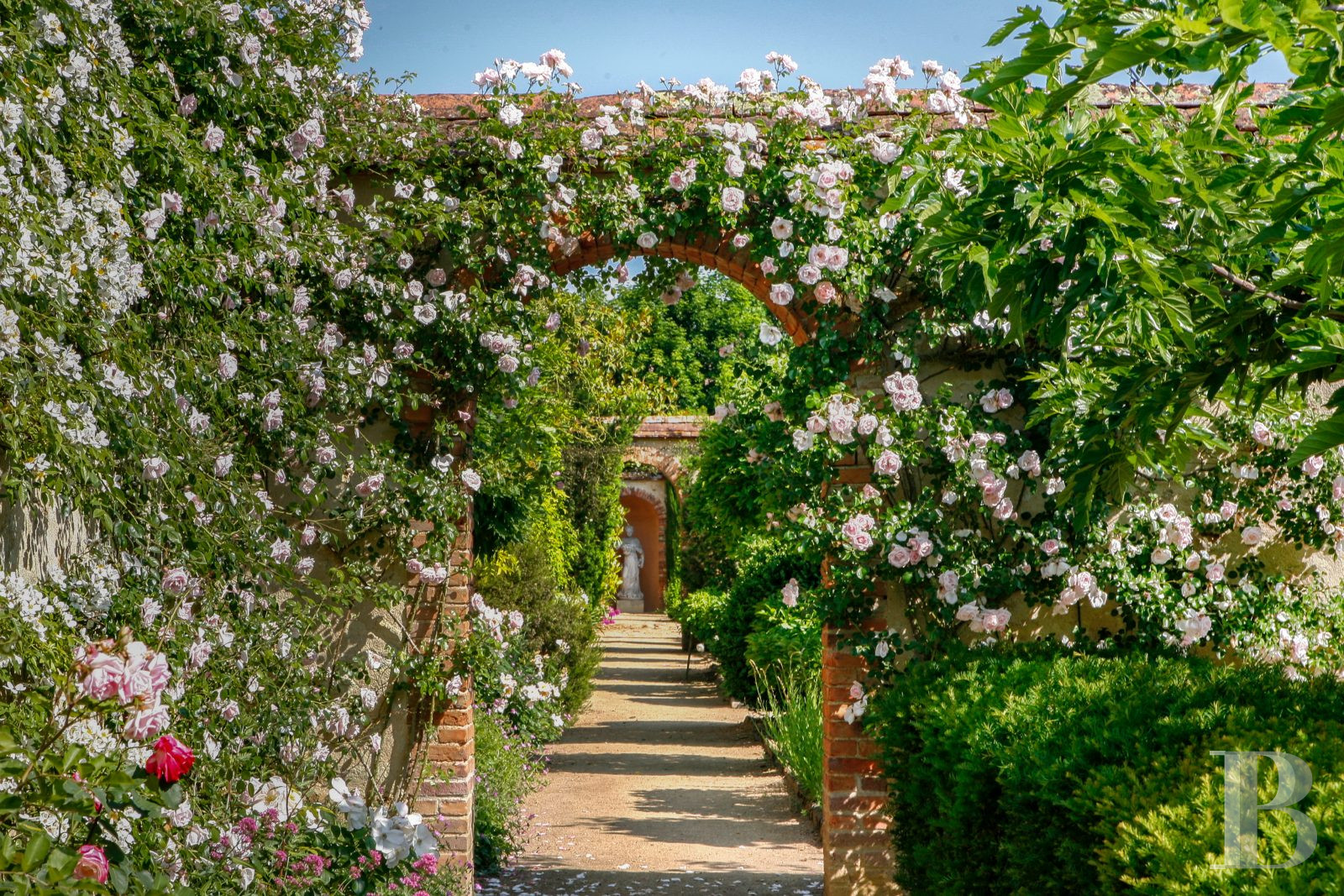
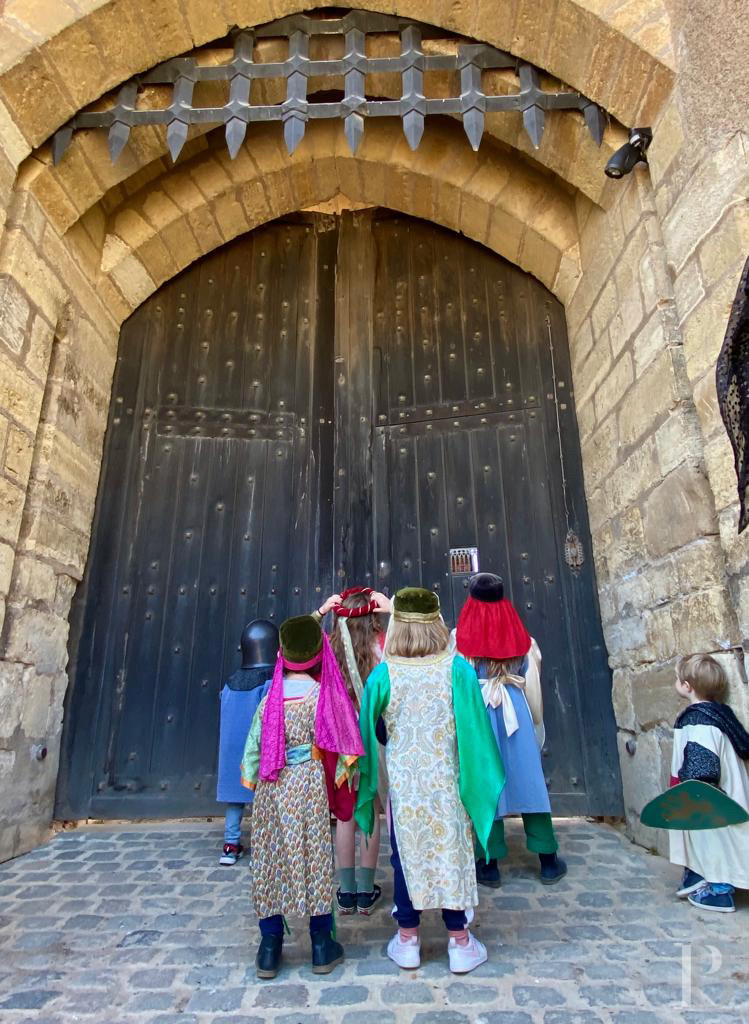
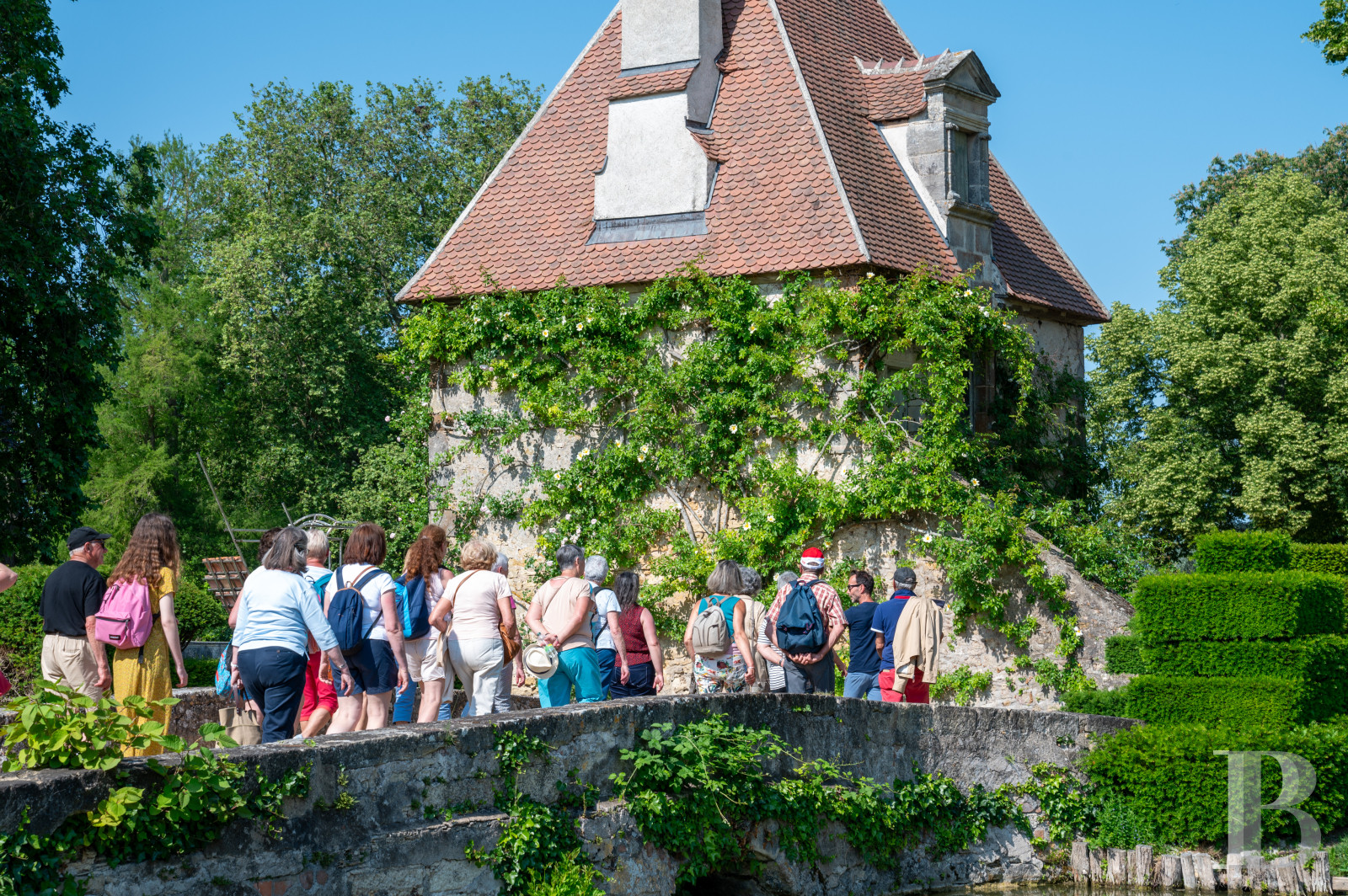
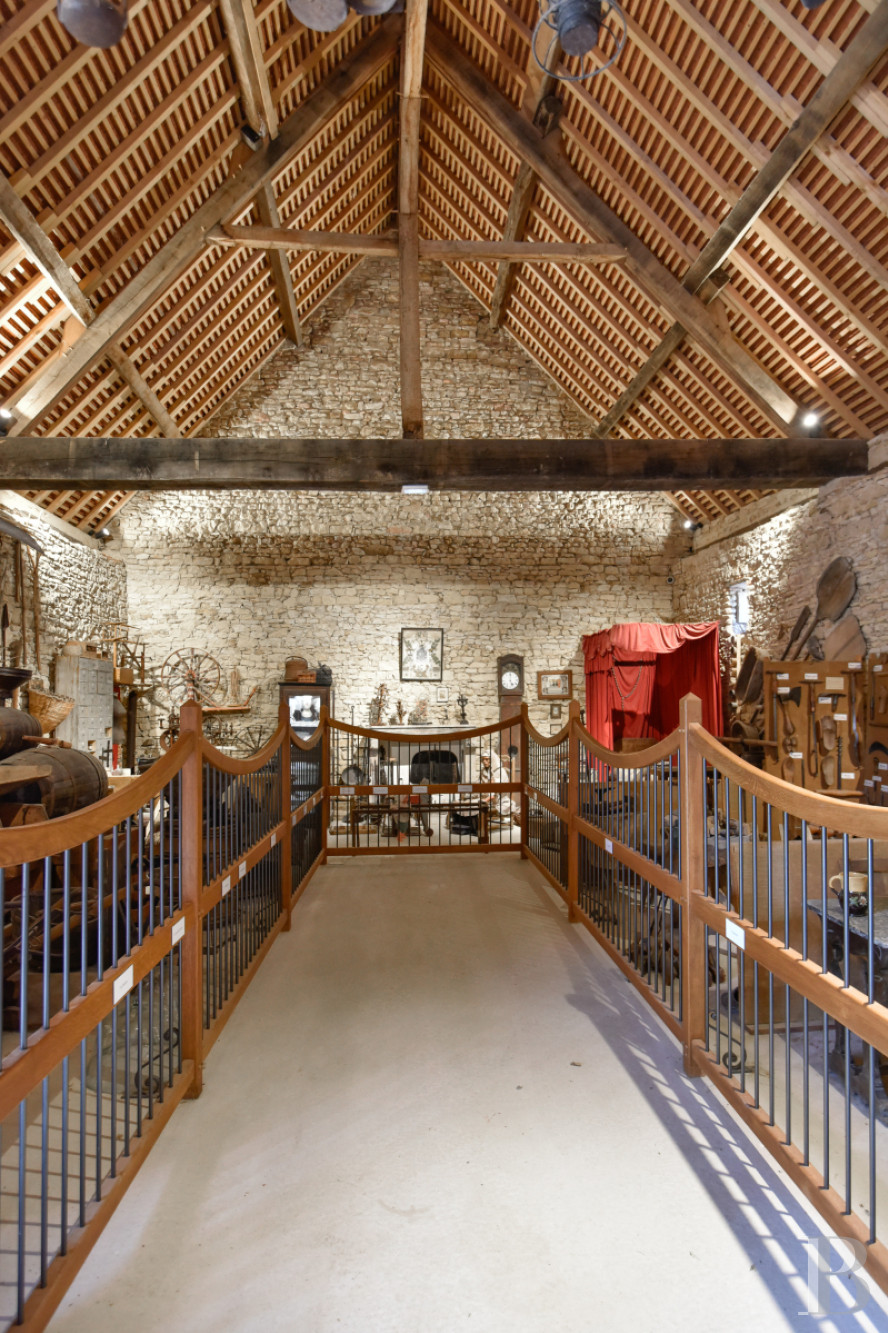
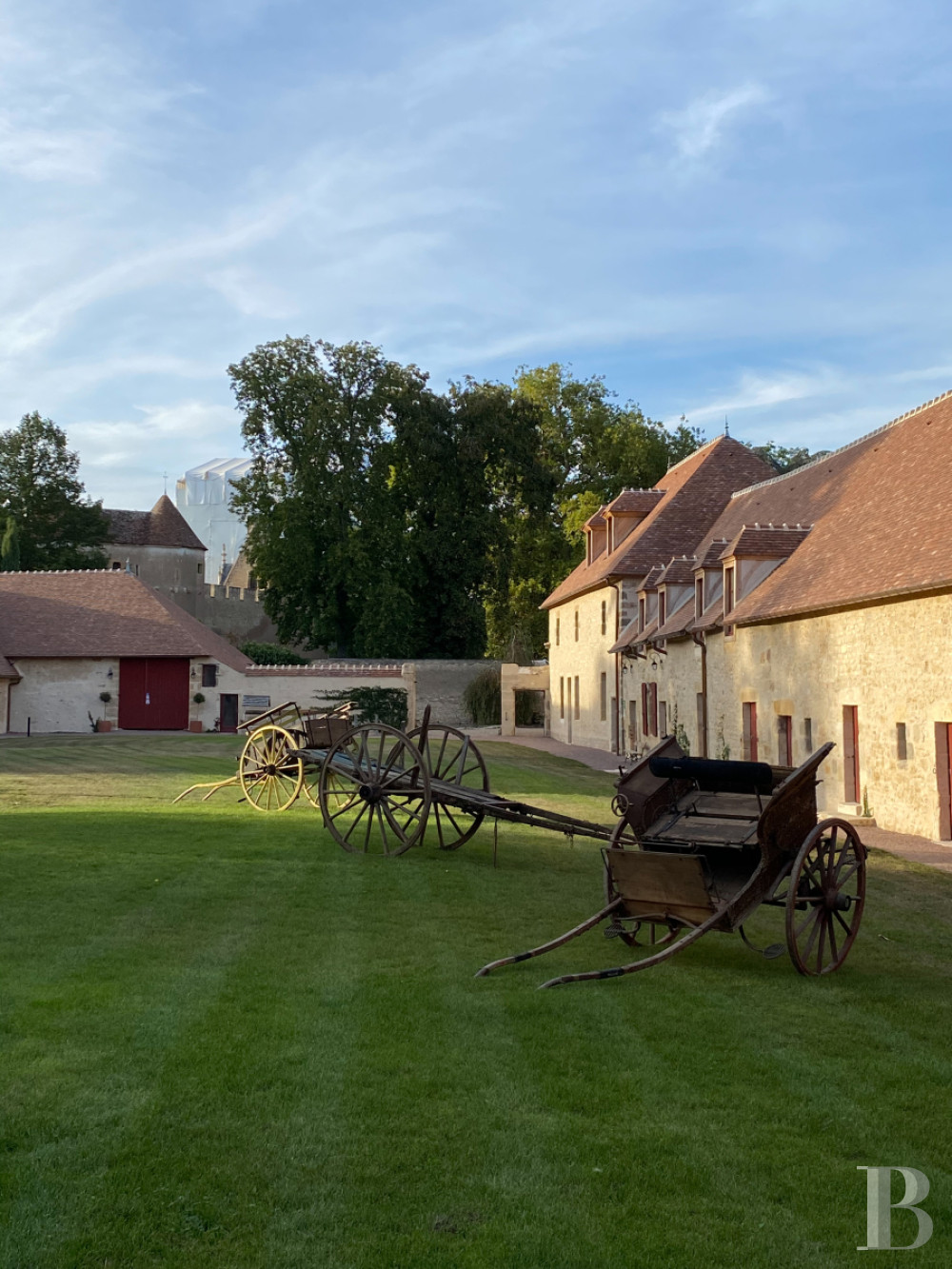
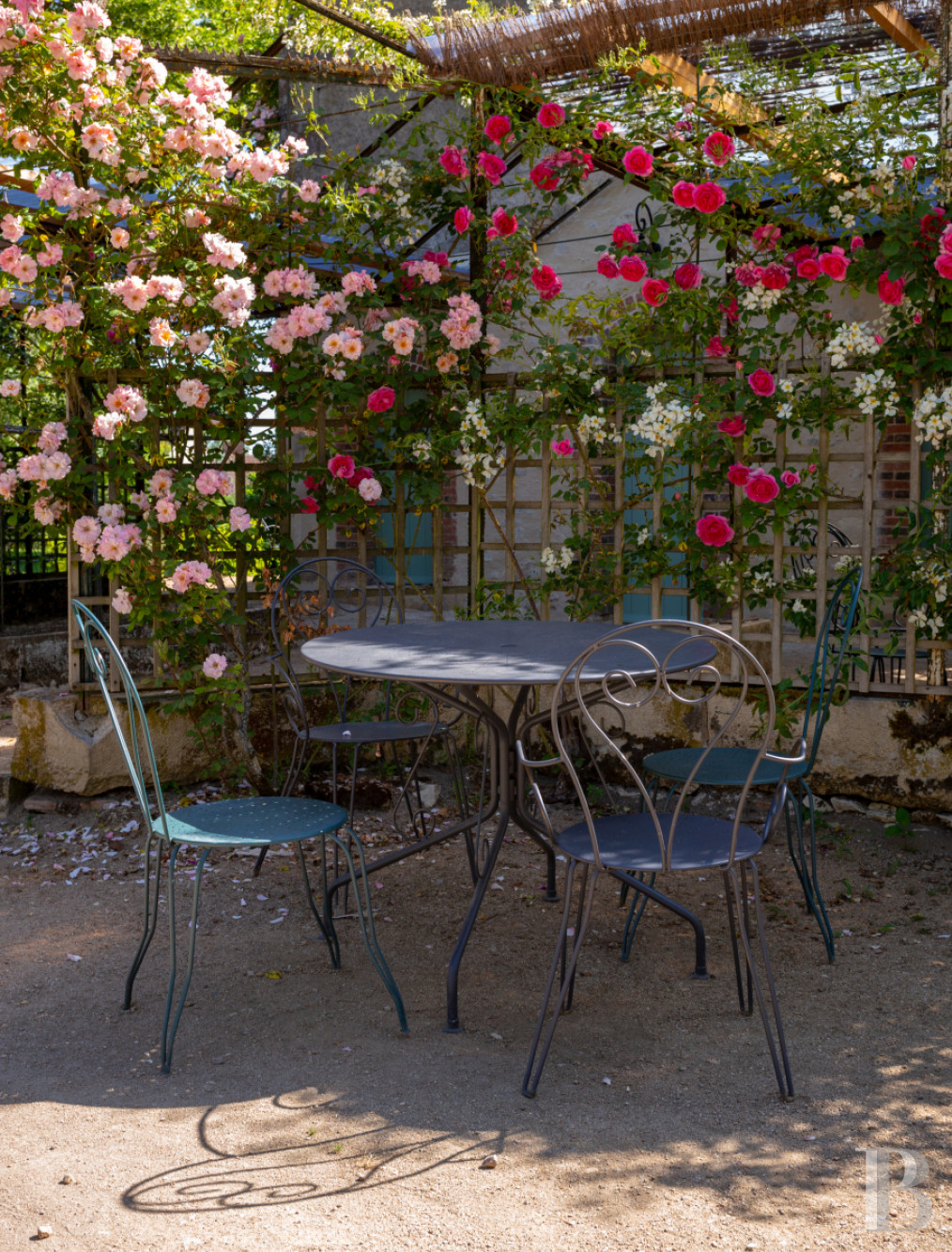
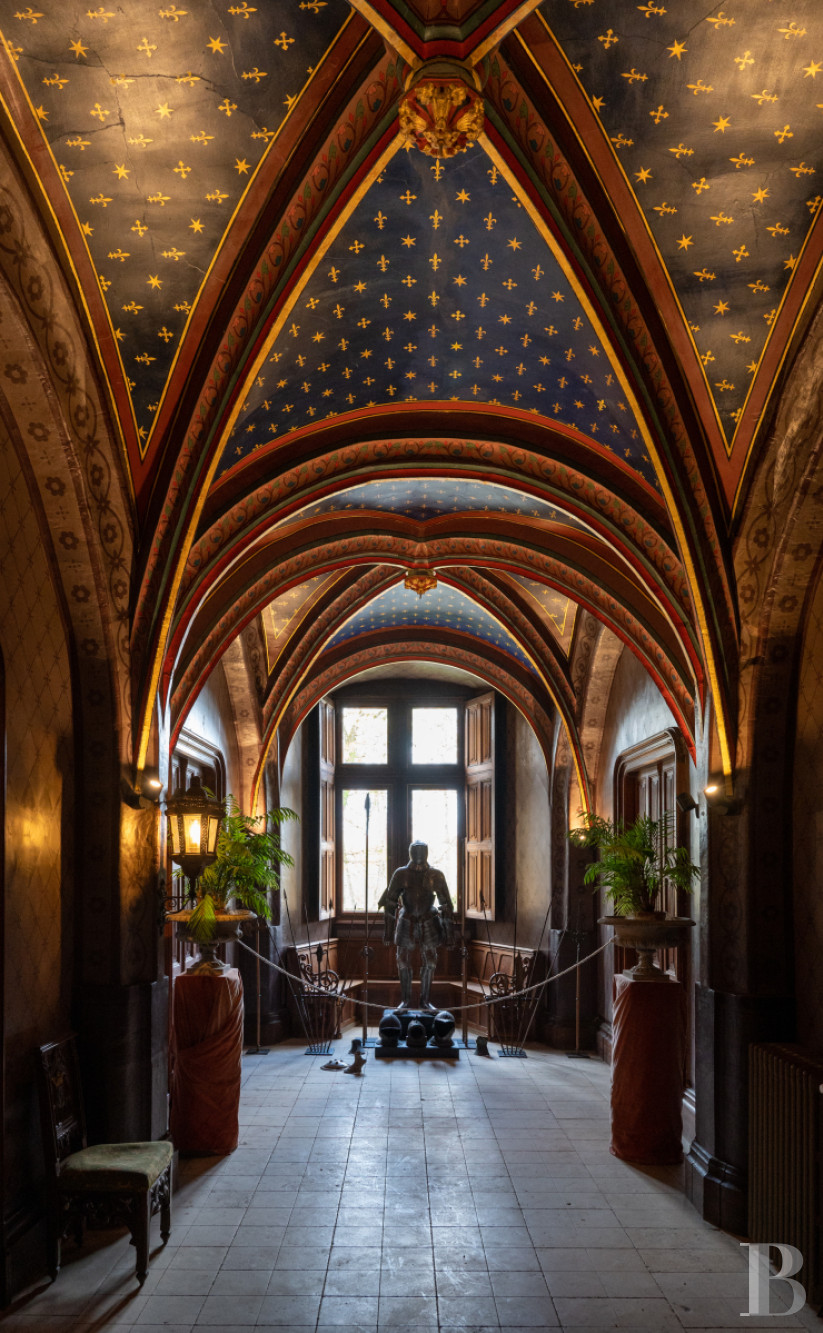
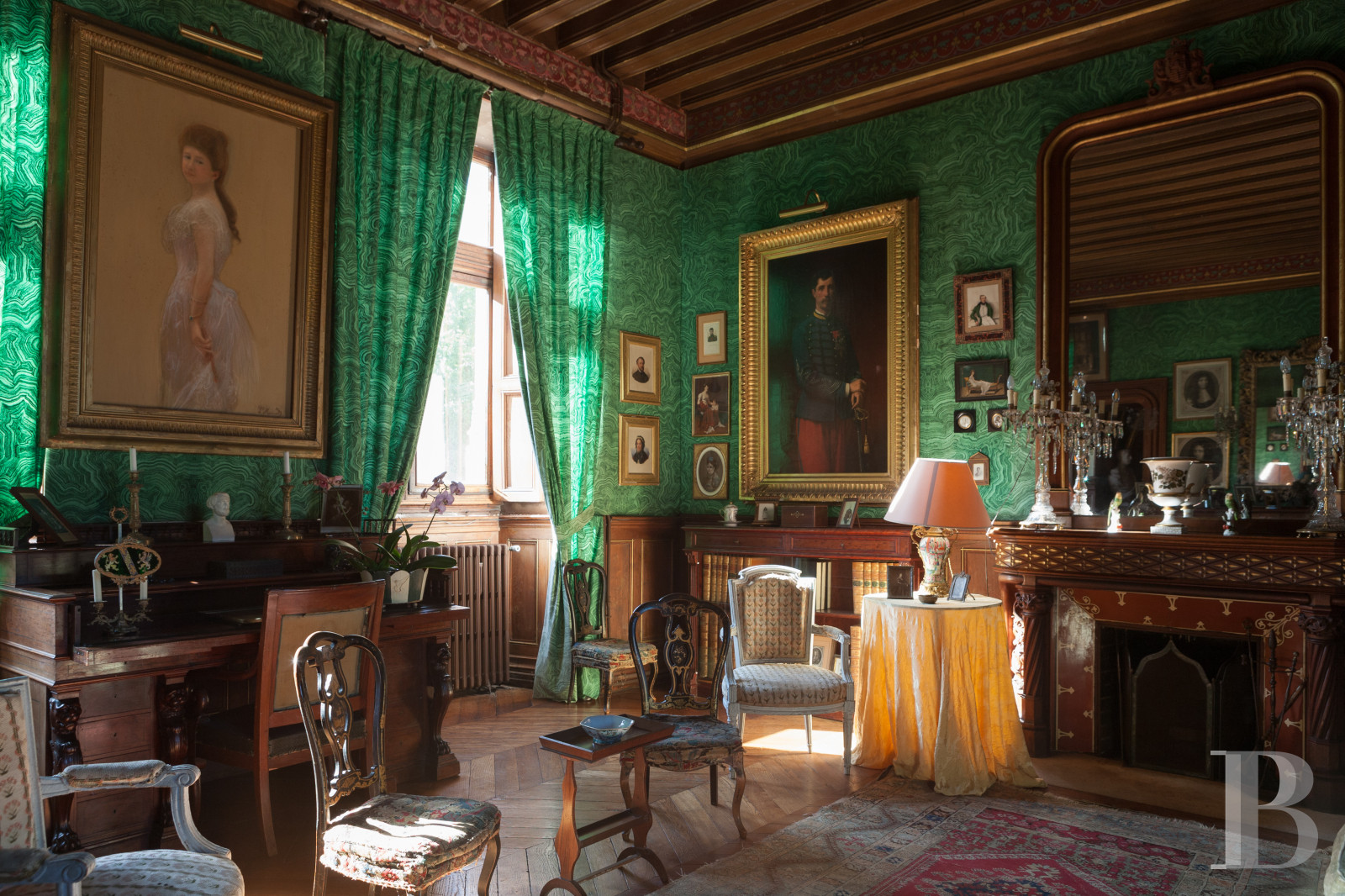
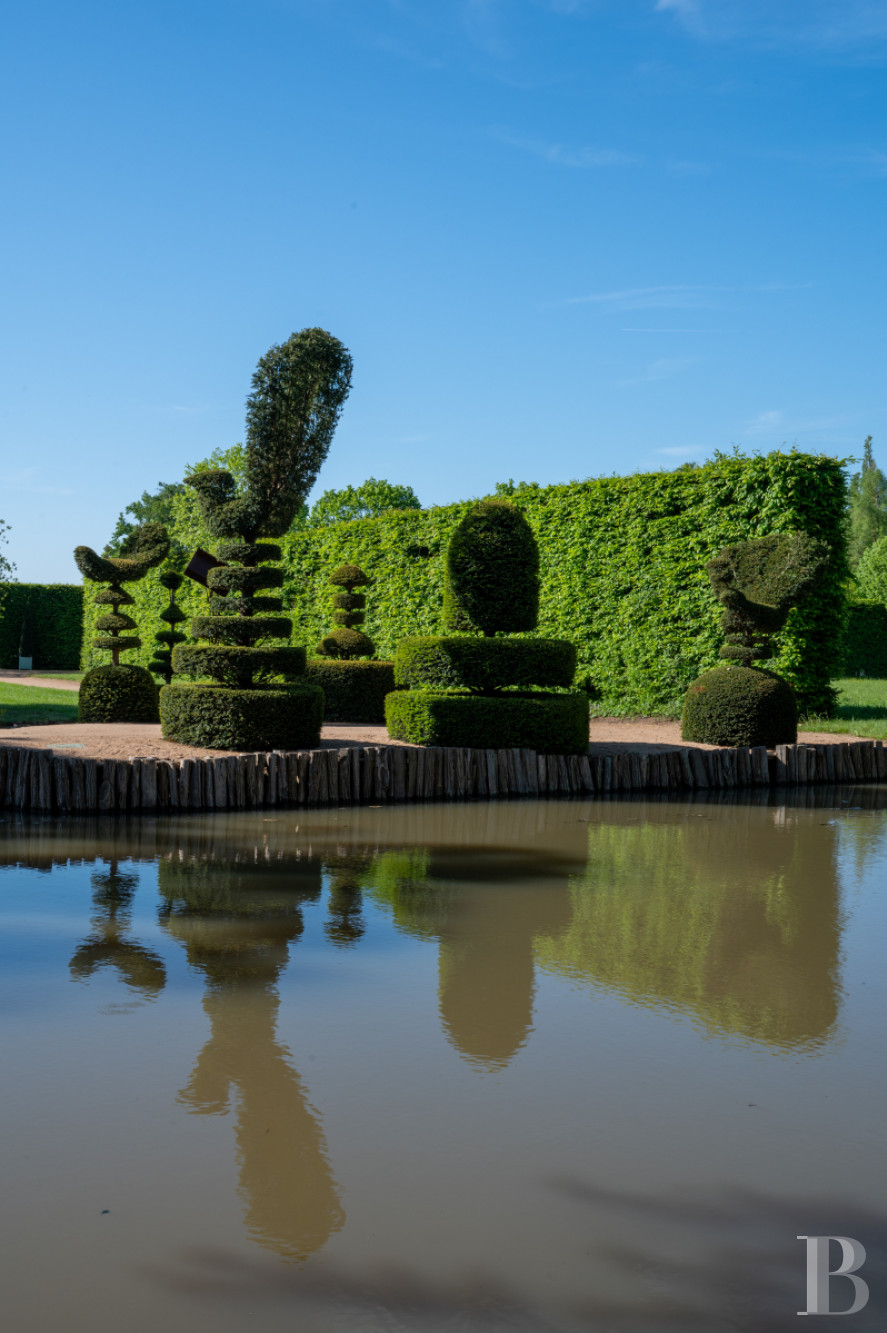

 A link to enter a new password has been sent to you by email.
A link to enter a new password has been sent to you by email.
By continuing your navigation, you accept the use of cookies to offer you services and offers adapted to your centers of interest and to measure the frequentation of our services. Learn more